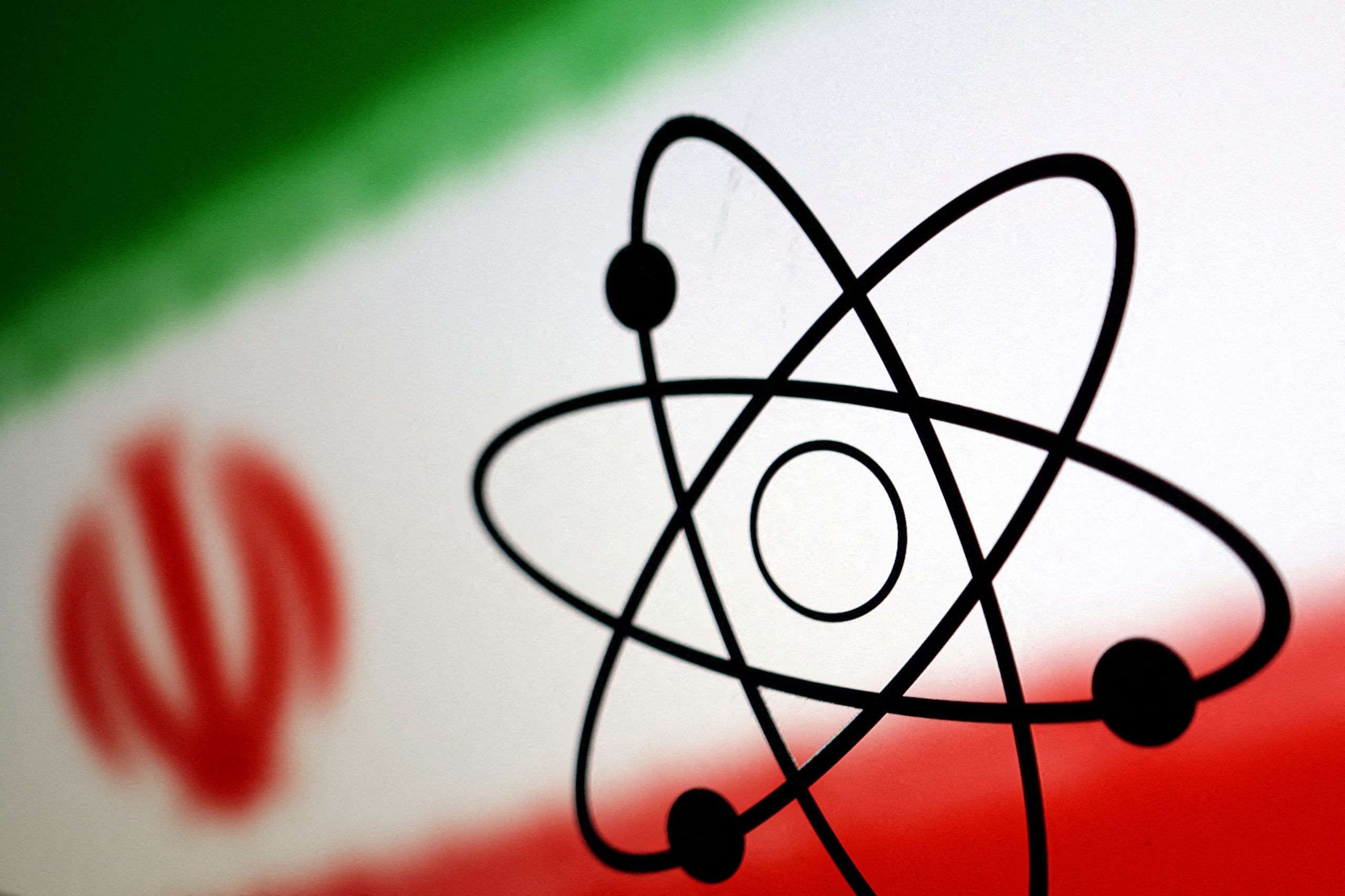
[elfsight_social_share_buttons id=”1″]
Iran could make enough nuclear material for one nuclear bomb in “about 12 days,” a top U.S. Defense Department official said on Tuesday, days after it was reported that nuclear watchdogs had detected that Iran may be enriching uranium at above 80% purity.
Under Secretary of Defense for Policy Colin Kahl made the comment to a House of Representatives hearing when pressed by a Republican lawmaker why the Biden administration had sought to revive the deal, the Joint Comprehensive Plan of Action (JCPOA)
“Because Iran‘s nuclear progress since we left the JCPOA has been remarkable. Back in 2018, when the previous administration decided to leave the JCPOA it would have taken Iran about 12 months to produce one bomb’s worth of fissile material. Now it would take about 12 days,” Kahl, the third ranking Defense Department official, told lawmakers.
“And so I think there is still the view that if you could resolve this issue diplomatically and put constraints back on their nuclear program, it is better than the other options. But right now, the JCPOA is on ice,” Kahl added.
U.S. officials have repeatedly estimated Iran‘s breakout time – how long it would take to acquire the fissile material for one bomb if it decided to – at weeks but have not been as specific as Kahl was.
While U.S. officials say Iran has grown closer to producing fissile material they do not believe it has mastered the technology to actually build a bomb.
Under the 2015 deal, which then-U.S. President Donald Trump abandoned in 2018, Iran said it would rein in its nuclear program in return for relief from economic sanctions, though many – including Trump – believed Iran was still secretly working to obtain nuclear weapons while under the deal.
Trump reimposed U.S. sanctions on Iran, leading Tehran to resume previously banned nuclear work and reviving U.S., European, and Israeli fears that Iran may seek an atomic bomb. Iran denies any such ambition.
The Biden administration has tried but failed to revive the pact over the last two years.
APPROACHING WEAPONS GRADE URANIUM
Meanwhile, the U.N. nuclear watchdog is in discussions with Iran on the origin of uranium particles enriched to up to 83.7% purity, very close to weapons grade, at its Fordow enrichment plant, a report by the watchdog seen by Reuters confirmed on Tuesday.
Diplomats said last week that the agency had found the traces at the Fordow Fuel Enrichment Plant (FFEP), where Iran is enriching uranium to up to 60% purity. Weapons grade is around 90%. While spikes in enrichment levels can occur and this could have been accidental, this spike is relatively large.
The traces were found in the product from the two interconnected cascades, or clusters, of advanced centrifuges at Fordow that are enriching to up to 60%. The International Atomic Energy Agency chided Iran in an earlier report for making substantial changes to those cascades without informing it.
“Regarding the origin of the particles enriched above 60% U-235, identified after the implementation of the new cascade configuration at FFEP, discussions with Iran are still continuing,” the confidential IAEA report to member states said.
“Iran informed the Agency that ‘unintended fluctuations in enrichment levels may have occurred during transition period at the time of commissioning the process of [60%] product (November 2022) or while replacing the feed cylinder’,” it added.
The report also said Iran‘s stock of uranium enriched to up to 60%, which is being produced at two sites, had grown by 25.2 kg to 87.5 kg since the last quarterly report. The total stockpile of uranium enriched to that and lower levels is estimated at 3,760.8 kg, the report said.
According to IAEA terminology, around 42 kg of uranium enriched to 60% purity is a “significant quantity”, defined as “the approximate amount of nuclear material for which the possibility of manufacturing a nuclear explosive device cannot be excluded”.
A senior diplomat cautioned, however, that in practice it would take more than 55 kg of uranium enriched to 60% to make one bomb because some material is wasted during enrichment.
Iran continues to deny that it ever having sought nuclear weapons and says it only wants to master nuclear technology for civil uses.
A second quarterly report on a years-long investigation into uranium traces found at three undeclared sites in Iran, which is also due before next week’s meeting of the IAEA’s 35-nation Board of Governors, will not be issued until later in the week, diplomats said.
Copyright 2023 Thomson/Reuters. Additions and edits for FISM News by Michael Cardinal.
